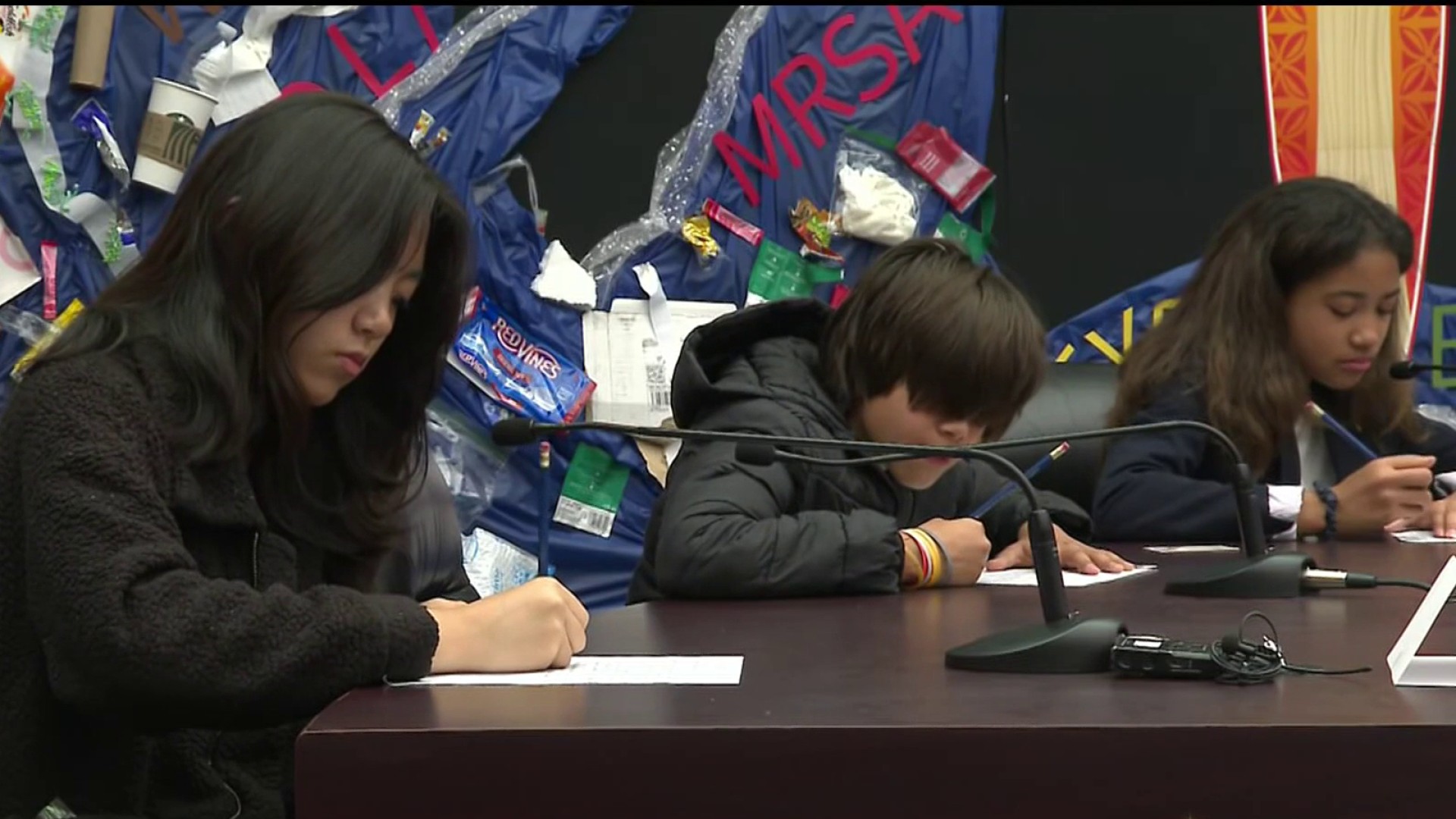The Centers for Disease Control and Prevention has agreed to investigate the potential health risks associated with sewage flowing into the Tijuana River and across the border into southern San Diego County.
In a letter dated last week, CDC Director Mandy Cohen said its Agency for Toxic Substances and Disease Registry would collect environmental sampling data from federal, state and local health agencies regarding health risks stemming from contaminants in the water, soil and air.
Cohen wrote that the typical review process of gathering data, determining if the data is sufficient, then determining whether exposures to the contaminants may harm health can take 6-12 months. Cohen said the timeframe of the review process depends on "the format and complexity of the data received."
Get top local stories in San Diego delivered to you every morning. >Sign up for NBC San Diego's News Headlines newsletter.
Cohen's letter was a response to a joint request from local lawmakers in May for an investigation into wastewater pollution impacts on South Bay residents in communities such as Imperial Beach, Coronado and other southern San Diego neighborhoods. That request sought an analysis into whether sewage impacts were related to "community reported increases in gastrointestinal illnesses and other symptoms."
Rep. Juan Vargas, D-San Diego, one of the lawmakers who co-authored the May request to the CDC, said in a statement, "Thanks to our request, the CDC has committed to beginning an investigation into the potential health risks of pollution in the Tijuana River Valley. This is good news for south San Diego. As we continue to work to address this pollution, we need to have a full understanding of its impact on the health of our communities and this is a critical step."
The four San Diego-area legislators who called on the CDC to investigate the issue also introduced an amendment earlier this year to the 2024 National Defense Authorization Act to establish a new federal program to provide grants for public health and water quality restoration projects in the Tijuana River Valley.
Toxic Tide at the Border
Imperial Beach residents Marvel Harrison and Tom Csanadi have spent months pushing elected officials to take action. Csanadi, a retired pediatrician, is especially concerned about the impacts on children.
"A little bit hard not to imagine that if a Lake Tahoe-size amount of raw sewage floated by, let's say, La Jolla or San Francisco, it wouldn't be taken care of,” said Csanadi. “More than a generation of children growing up a stone's throw distance from standing pools of raw sewage.”
San Diego County's Health and Human Services Agency also requested in June that the CDC look into the potential health impacts of the billions of gallons of raw sewage that has flowed into San Diego County over the years.
Earlier this year, the U.S. International Boundary and Water Commission said more than 44 billion gallons flowed across the border in 2023, the most since 2000, the San Diego Union-Tribune reported.
In response to the county's response, Cohen wrote that CDC would deploy an Epi-Aid, described as "a short-term rapid response effort to help public health authorities investigate and control acute public health issues."




